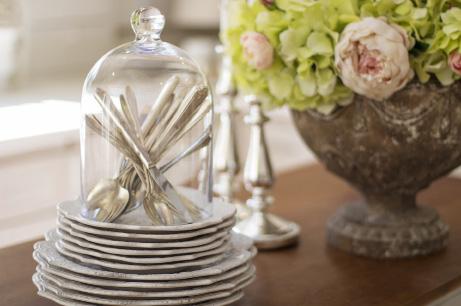







Staging benefits the seller. A well-dressed, sparkling house can garner lots of attention, and potentially sell very quickly. This is true regardless of whether the market is cold or hot. In a cold market, buyers don’t have to settle for anything less than the best. Why should they spend time and money fixing up a distressed home when a staged house looks great and is move-in ready? In a hot market, buyers can go into feeding-frenzy mode, focusing on the hot property of the week and ignoring the others. So, you want your property to be the hot one, with buyers going crazy in their efforts to outbid each other.
Staging a home is similar to interior decorating -- knowledge in planning and choosing colors, fabrics, and furniture, and arranging them in a way that makes your home look its best. When staging we are not focused on creating a home that suits your personal taste and need for everyday comforts, but instead on making your home appeal to a broad range of tastes. The idea is to help people see themselves in your home and make them want to buy it.
Make potential buyers fall in love with your home from the street. Add potted plants and flowers, power-washing patios and walkways, weeding the garden and mowing the lawn. Consider painting the front door and trim. It’s your first chance to make a good impression, so you’ve got to make it count. Make your home inviting so they will want to come in!
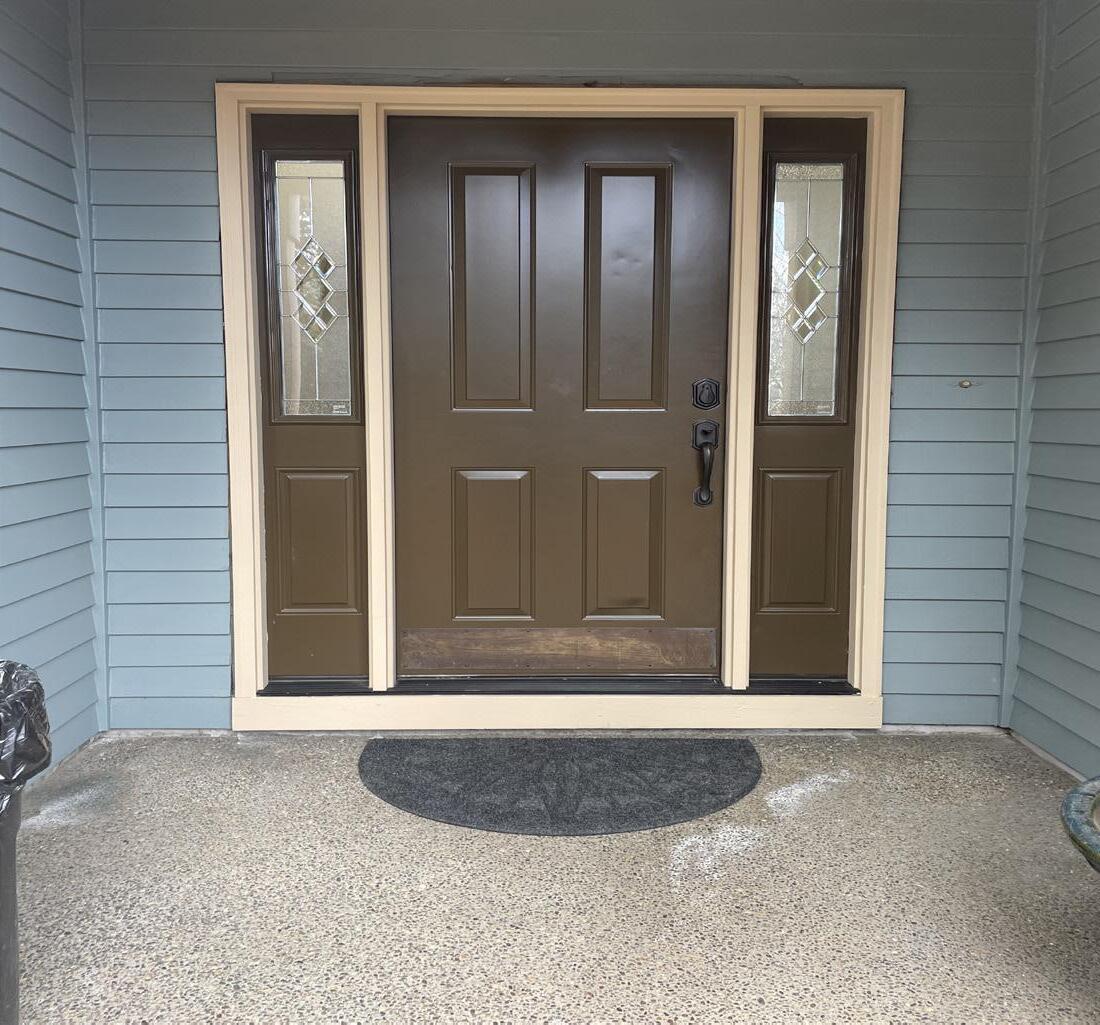

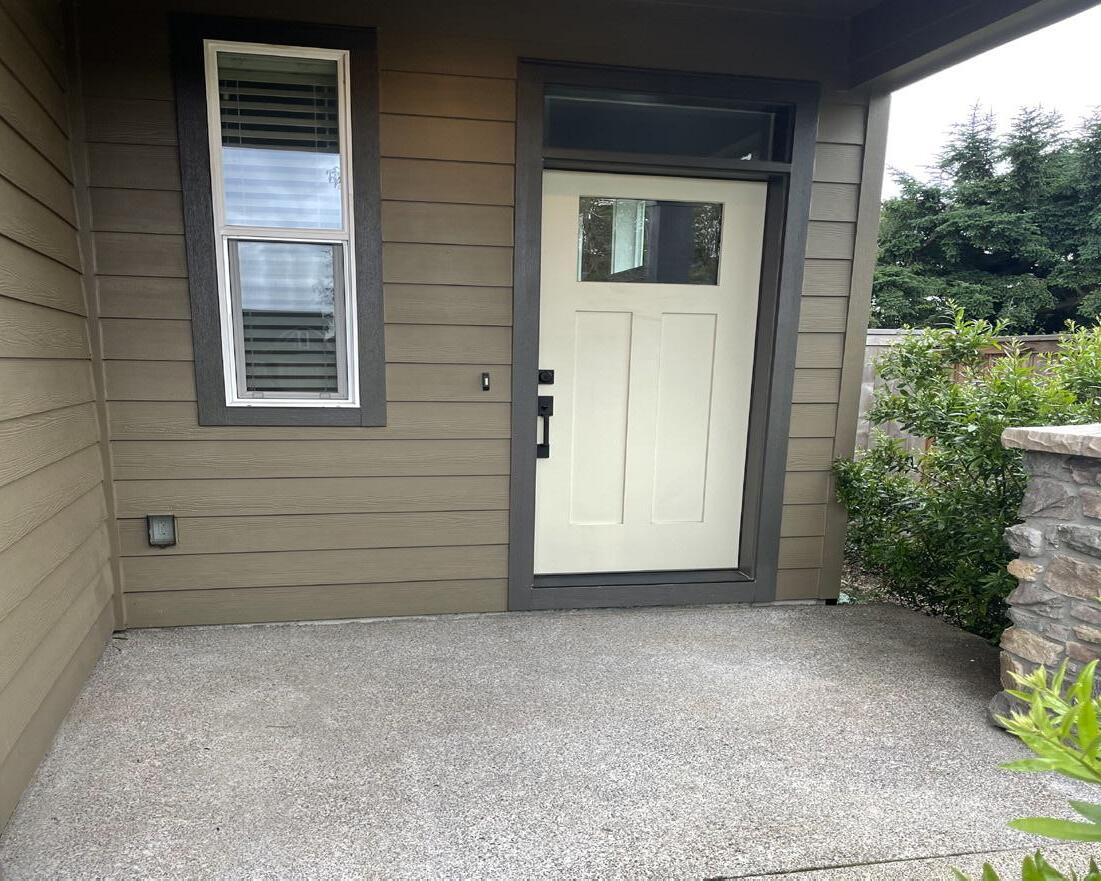
Outdoor spaces like backyards, porches and patio’s can be created into a usable enviroment, so buyers can see how to use all the space.
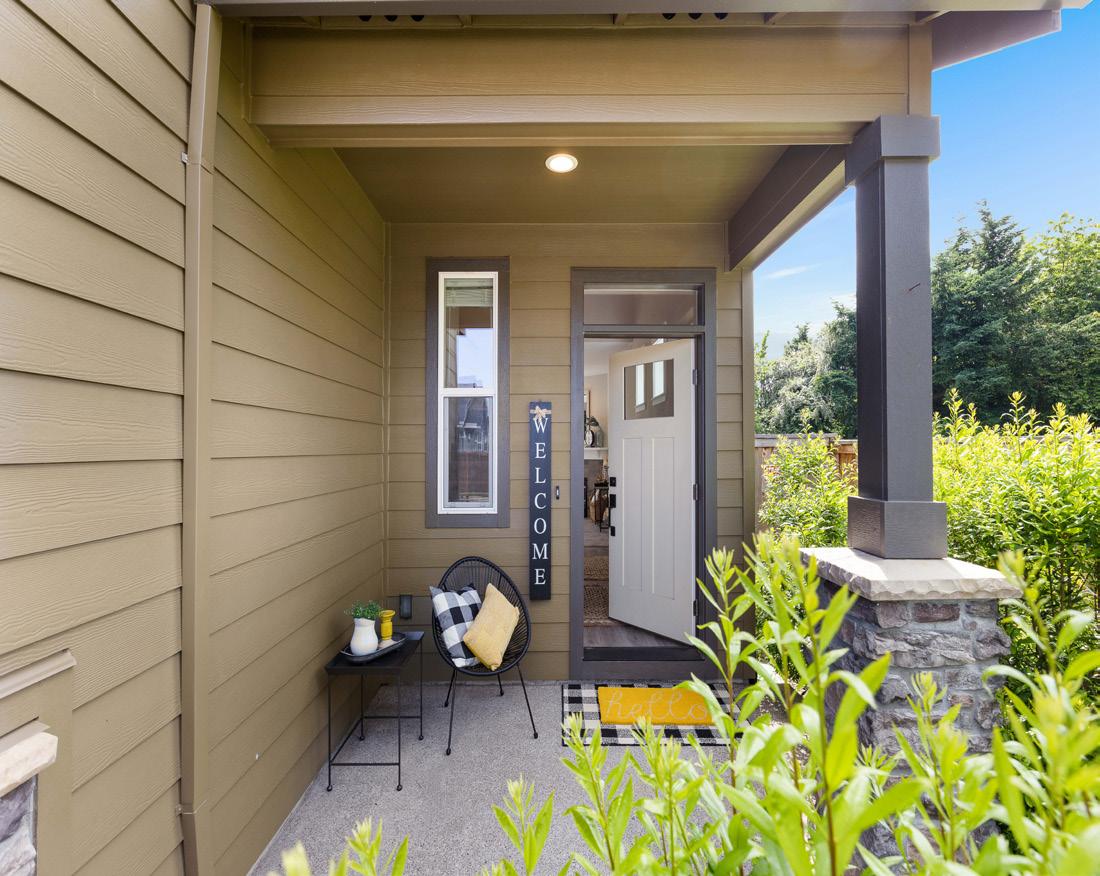
Pretend that your mother or mother-in-law is coming for a visit. Think hotel clean. Mop, dust, vacuum, wash windows and, baseboards. Remember that people will look in your cupboards, under your sinks and in your closets. Also, pay particular attention to odors. You might even consider consulting a neutral nose by having a friend come by for a smell test.
Buyers will examine your home from top to bottom, and explain what should be done to get it ready. Together, we can review the recommendations and costs, if any, and develop a plan of action. Identify specific ways to highlight your home’s best features and compensate for its shortcomings. For example, we might recommend removing curtains from a window that has a great view; or, in a small bedroom, replace the double bed with a twin or even a baby’s crib, in order to make the space look larger.

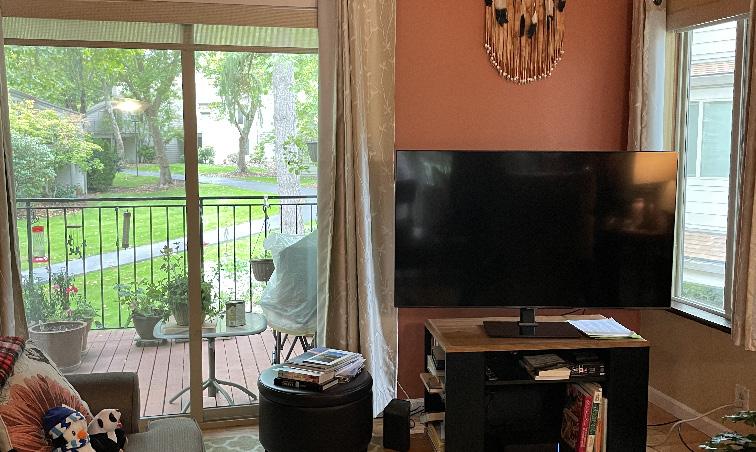
You may love hot pink in the living room, but too-bright colors turn buyers off. Neutralize strong colors for the broadest appeal. A neutral home appears larger and will appeal to a much broader audience. Also, open up blinds and draperies to make sure there’s sufficient natural light throughout the home. Remember, lighting is the most effective way to set a mood.
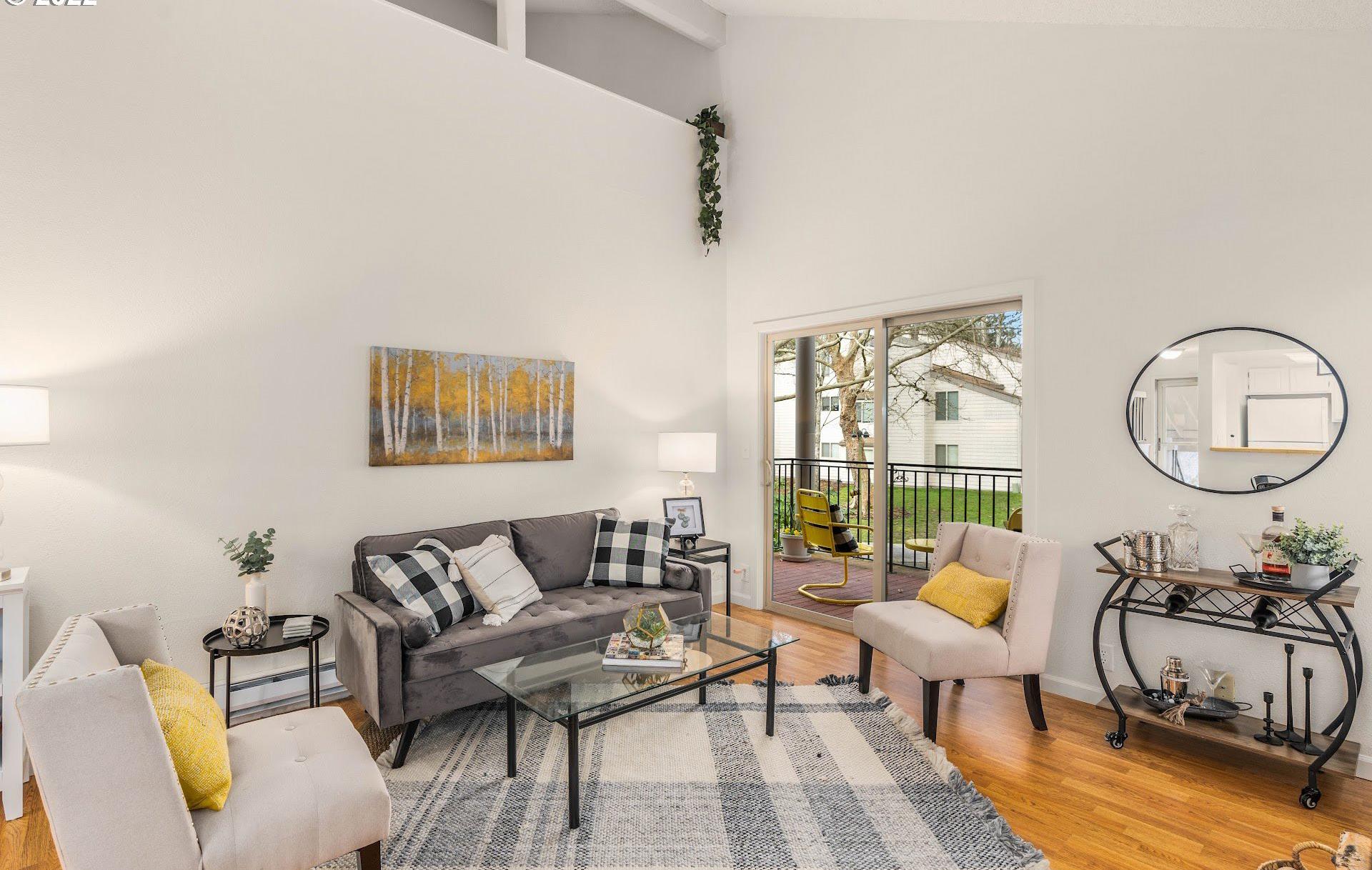
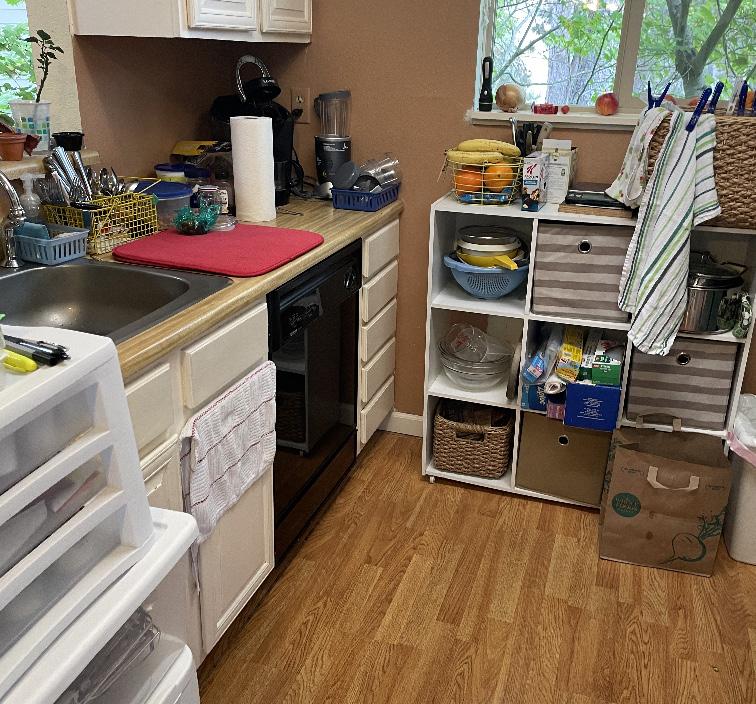
Few things deter buyers more than a cluttered home. They need to see your home, not your stuff. Excessive personal items like photos, collections, personal awards, electronics and collectibles may make it difficult for buyers to see past your personal style and may deter a sale. Taking yourself out of the picture makes it easier for buyers to imagine themselves, and their furniture and collectibles, in your space.
Don’t take it personally. As soon as you decide to make the commitment to sell your home, you need to think of it as a product, one that you want to sell fast and for top dollar. Don’t take buyers’ remarks personally. Instead, think of it as free advice on how to make your product live up to its highest potential. Emotionally detach yourself.
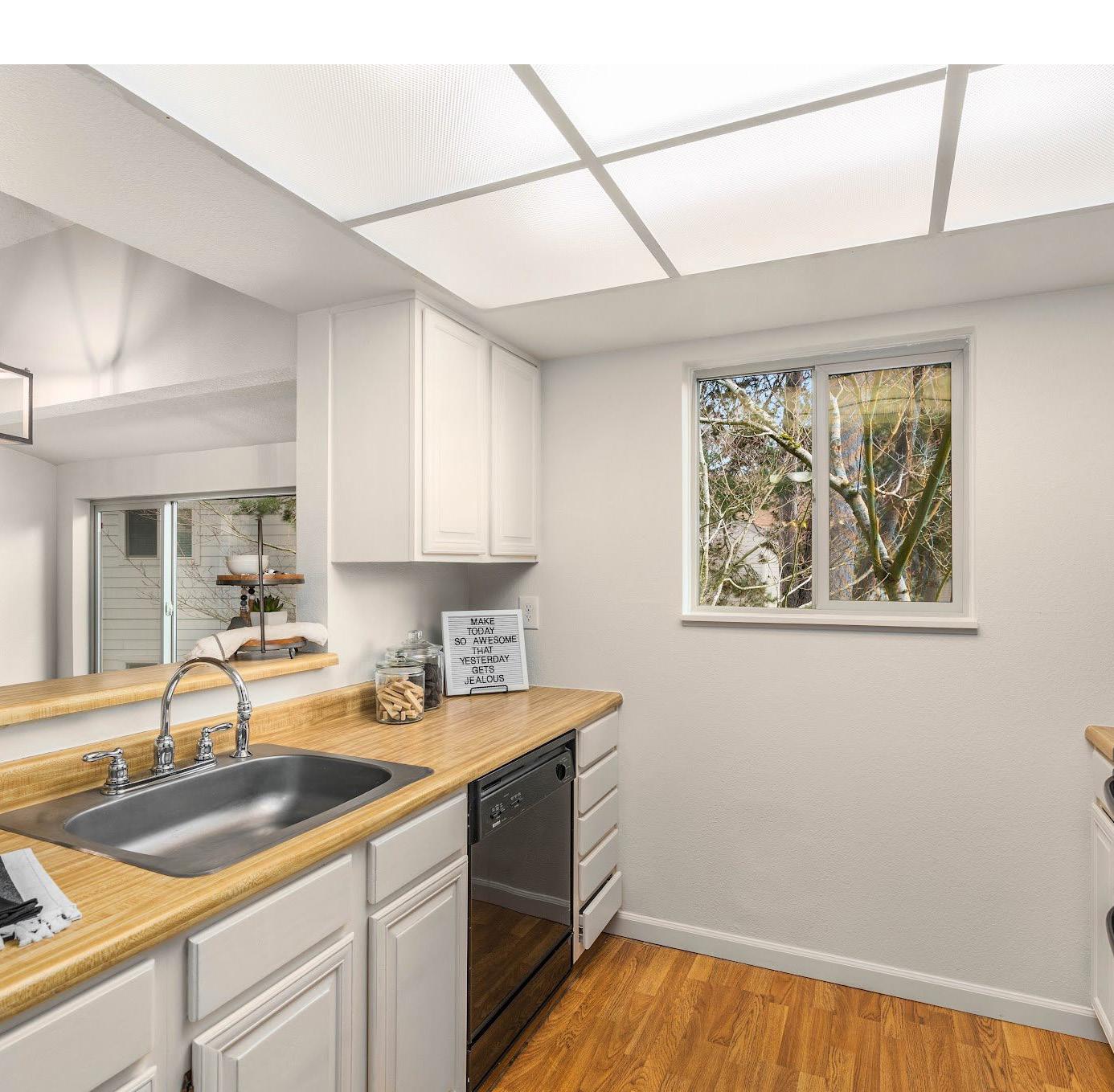
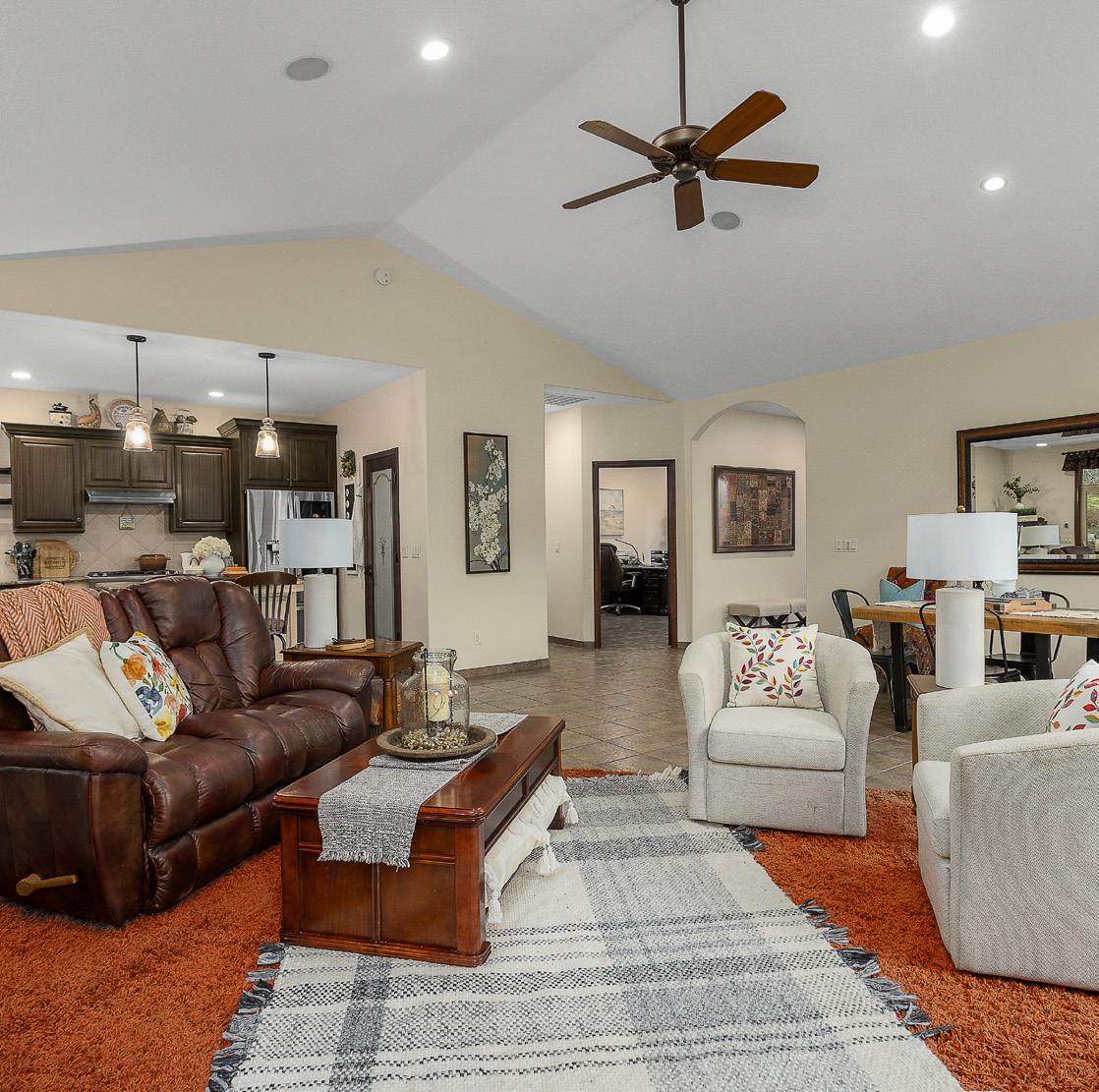
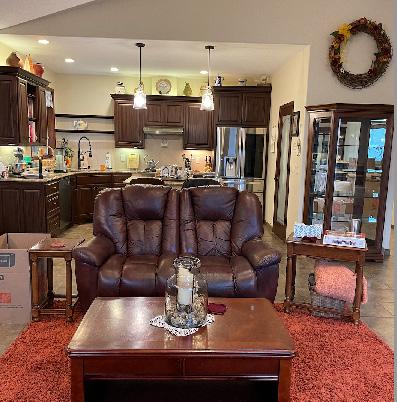
Think about removing or replacing worn or outdated furnishings and removing extra pieces. The time has come to move beyond matching furniture, so break up your sets; dated can easily become eclectic with editing and rearranging. We can consult with a professional stager for design direction and advice on rental furnishings to create an inviting home with broad appeal to a wide range of buyers.
We may recommend which furniture and household possessions should stay in the house and which should be removed. Be prepared to either move or place into storage some of your possessions, so as to simplify the presentation and depersonalize your house. We will help you arrange for recommended repairs or other major work on your home -- by lining up contractors, carpenters, painters, and landscapers, and overseeing their work. (You’ll normally pay their bills separately, however.)
Displaying new artwork is a great way to breathe new life into a room. Photography can be used to contemporize a room and add a splash of color as well. Bringing color from one room into the next helps a buyer to see just one area but multiple area’s and how they fit well together. This can be done with pillows, vases etc.
Don’t do major renovations. Finishes and fixtures that you see as beautiful may not suit every buyer’s tastes. It is best to limit the amount of time and investment you make on renovations to the essentials — replace old flooring, tackle small repairs, paint, change outdated fixtures. Save your renovation energy and dollars for your new home.
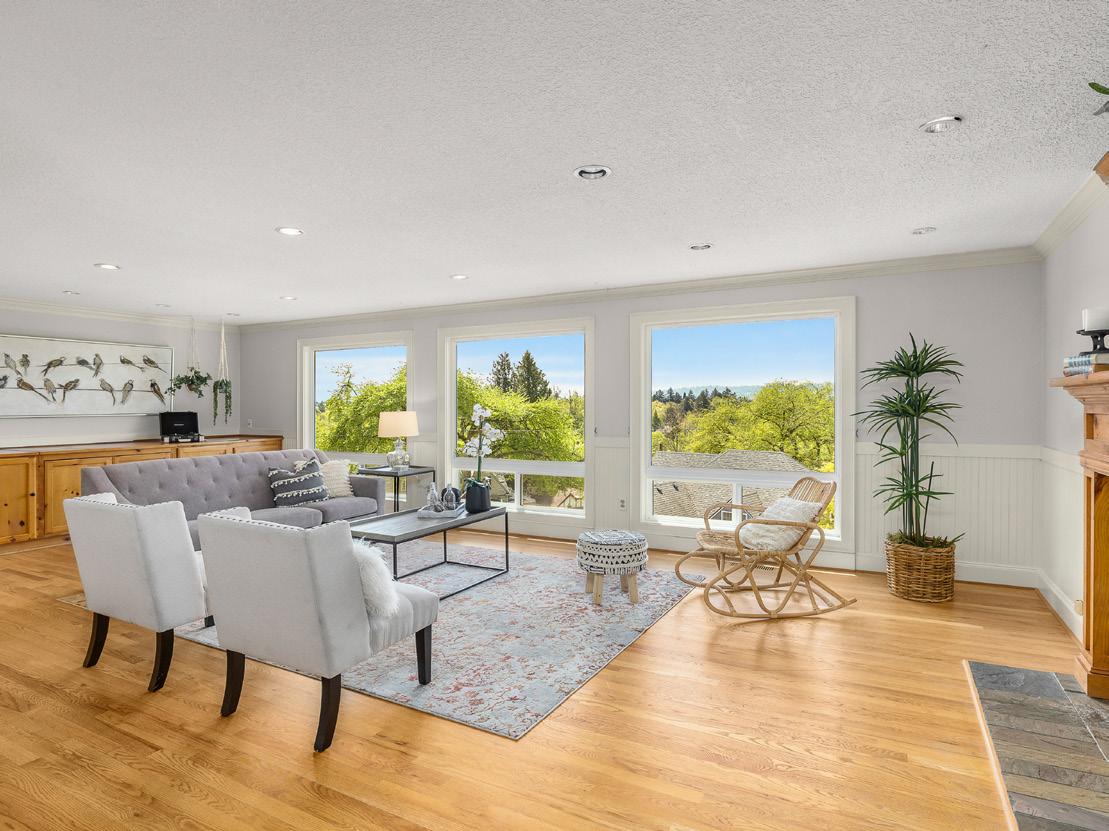
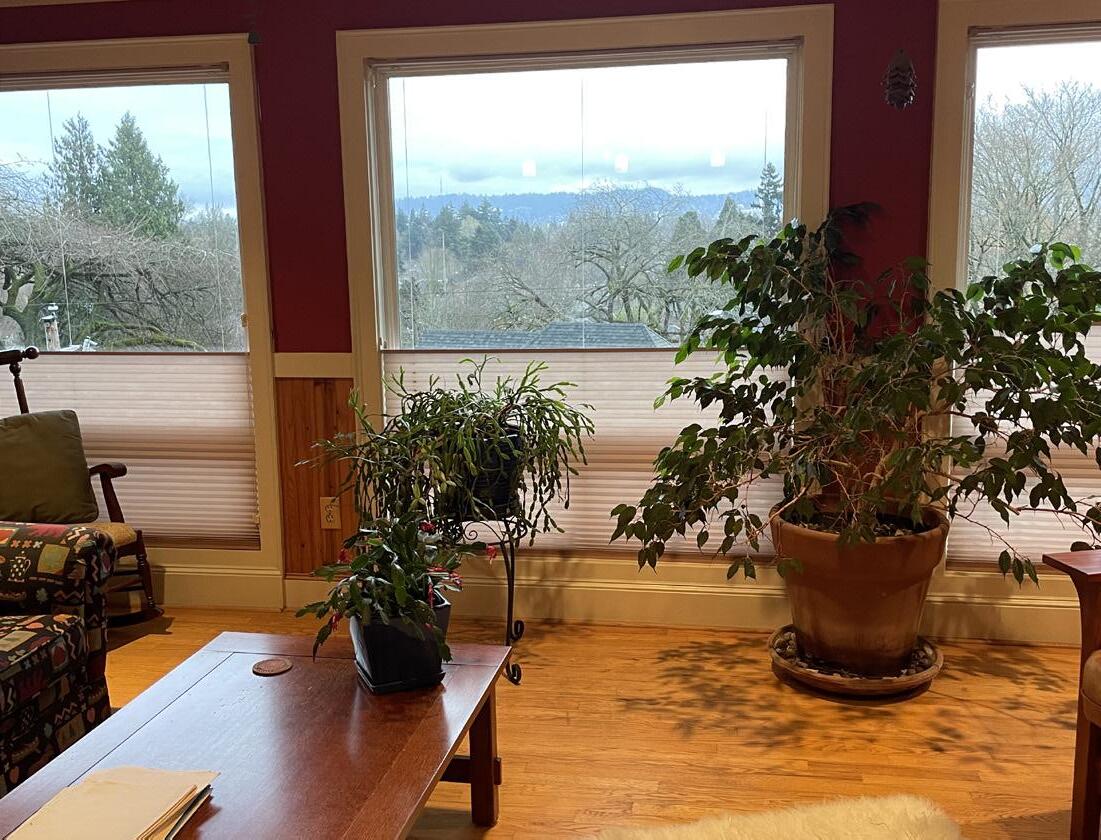
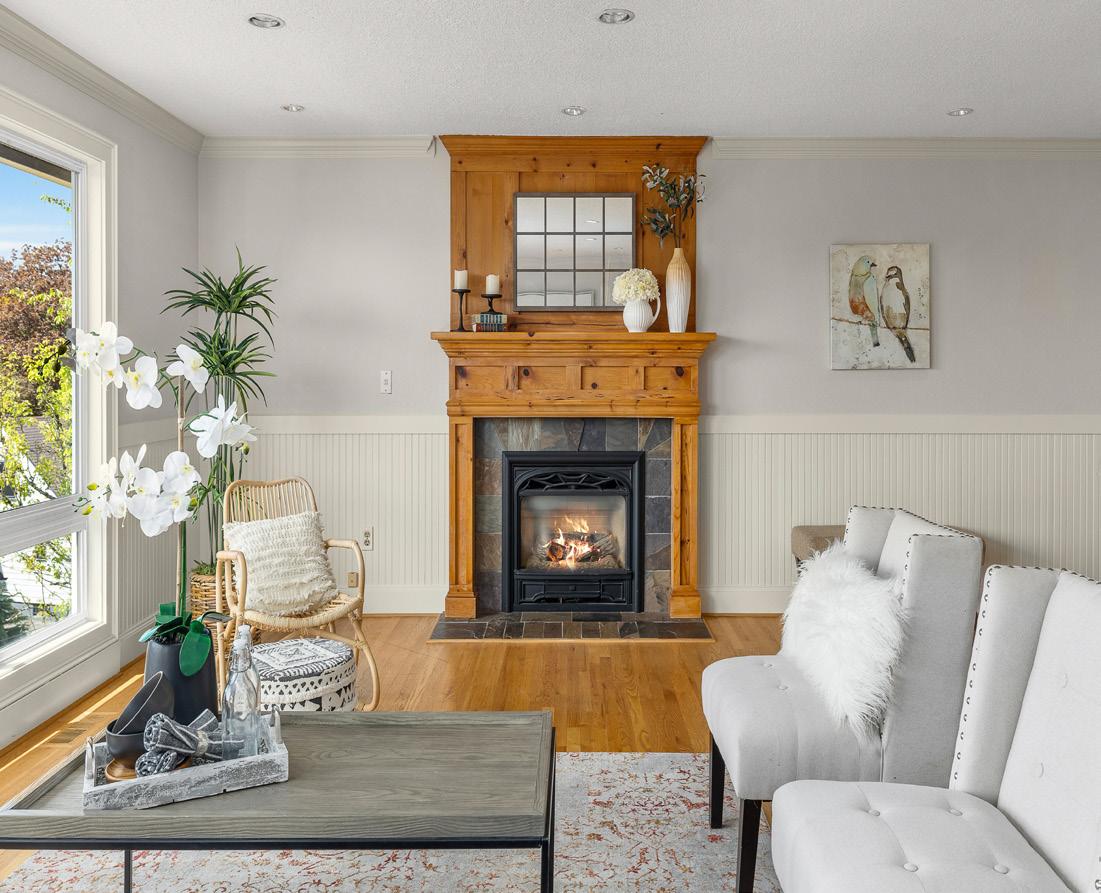
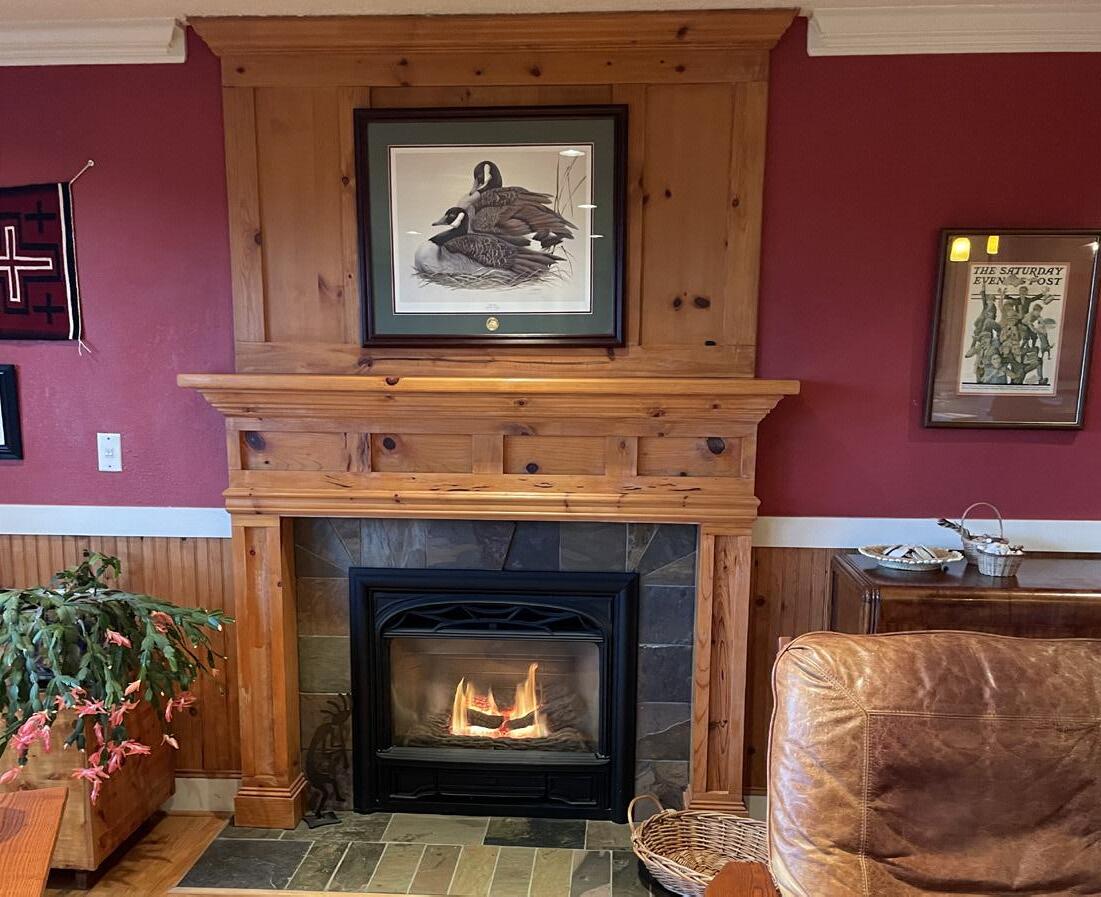
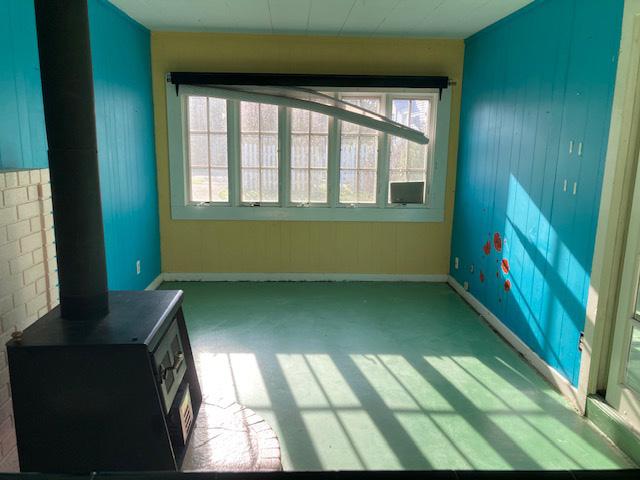
It’s the best bang for your buck that will quickly refresh a dull, dated room. Paint a fresh, neutral color on the space. Choose a white, creamy white or light gray for living spaces, bedrooms and bathrooms.
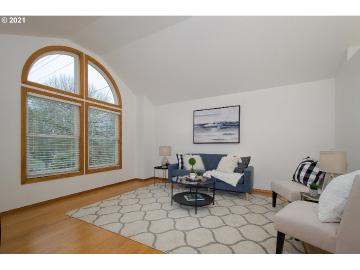
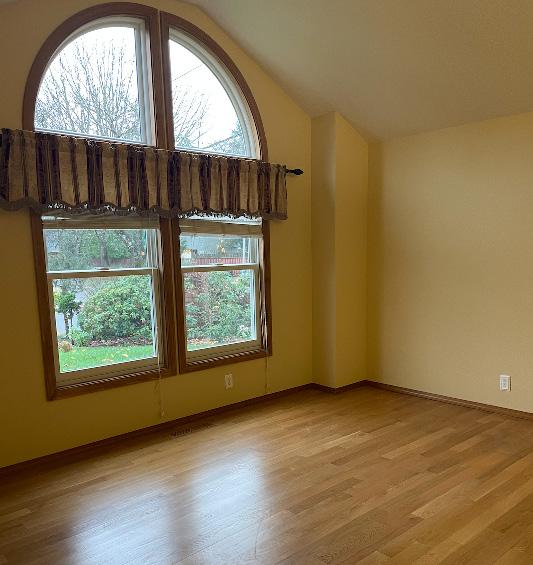
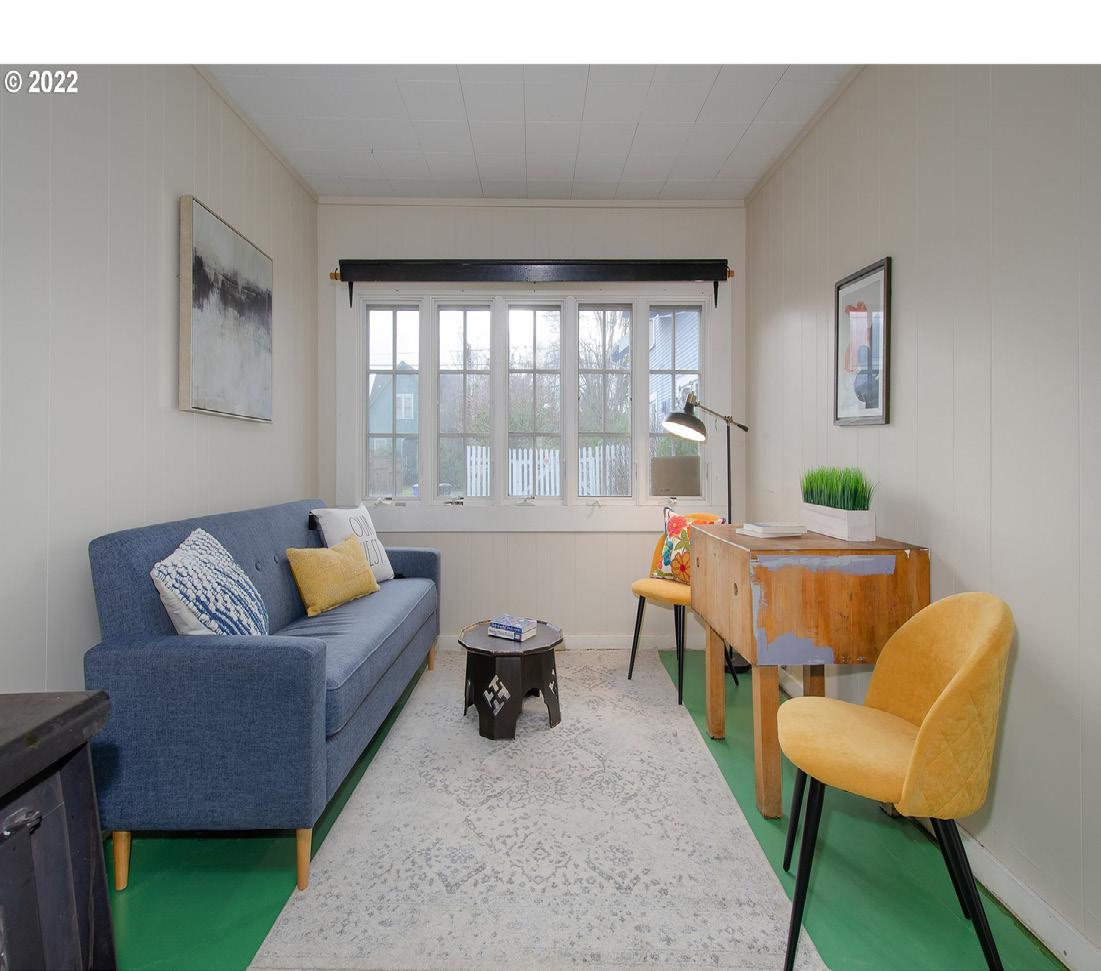
Get rid of worn carpets, and consider refinishing shabby hardwood floors. An inexpensive new area rug is a quick fix and can disguise the look of old floors. Replacing old carpet with a neutral color carpet will add value to your home.
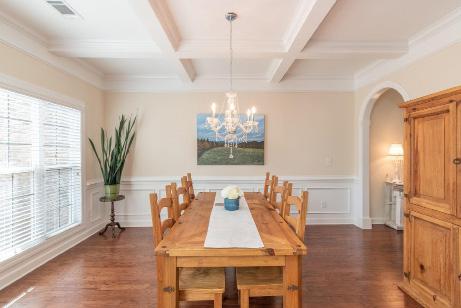
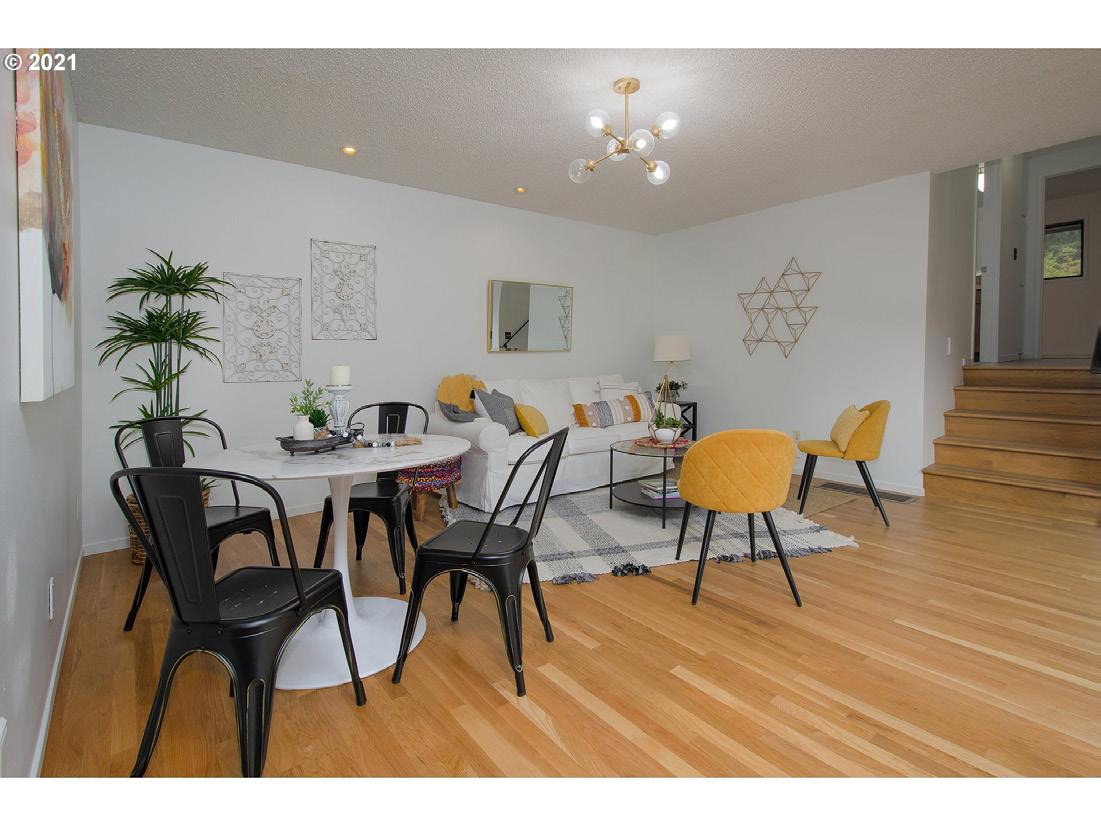
Don’t think the house will sell itself. The real estate market is a game. You need to make your home the most appealing product on the block. Simplify, clean, do small repairs, repaint and, in general, make it feel fresh and welcoming.
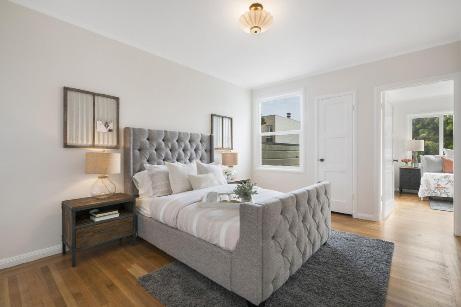

Renew the look of the room by replacing old or dated light fixtures, door hardware, light switches and outlets. If it’s tacky and older than you, get it out of there.

A more expensive, but often desirable option for higher-end or vacant homes is to hire a stager to bring in furniture, art work, curtains, carpets, pillows, and even artful-yet-homey objects like a bowl of oranges (either real or high-quality fakes!), potted orchids, and a welcoming doormat. Many stagers keep warehouses of these pieces, all carefully coordinated and chosen to make your house feel like a place where people can live their dream life. The expense to seller when a home is vacant usually yields a multiple return in sales price.

Storage areas are not something that’s talked about much but they leave an impression on buyers. If you haven’t done so, take time to clear out these areas and organize them. The buyer is looking at EVERYTHING. They want to see inside your closets, cabinets, drawers and other storage areas. Well organized storage areas leave an indelible and very FAVORABLE IMPRESSION on buyers. Remember, home staging is about giving you the best edge (and the best offers) you want.
Edit your closet by removing clothing and shoes that are out of season. You will be moving so this is will give you a chance to pack these items away. Neatly store towels and linens by folding or use baskets to place these items in. Labeling allows you to find the items you need in a hurry

You have decluttered, added mirrors, cleaned closets and your carpets, changed out light fixtures and painted walls, now what? It is time to get ready to show off your home! Before any showings think about doing the following. Turn on all lights and open the curtains and shades to make your home look bright and allows natural light to come in.
Remember, despite what people say…many buy with emotion rather than logic. Emotion typically leads the way.


“There’s no place like home” Dorothy - Wizard of Oz